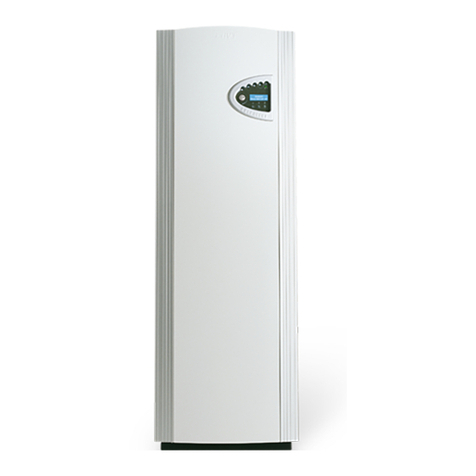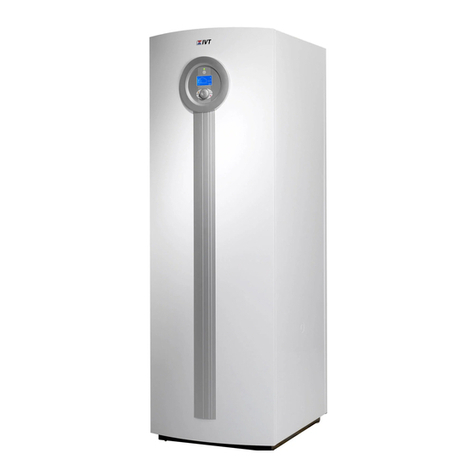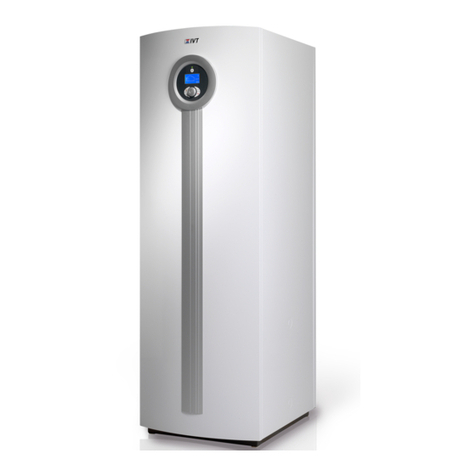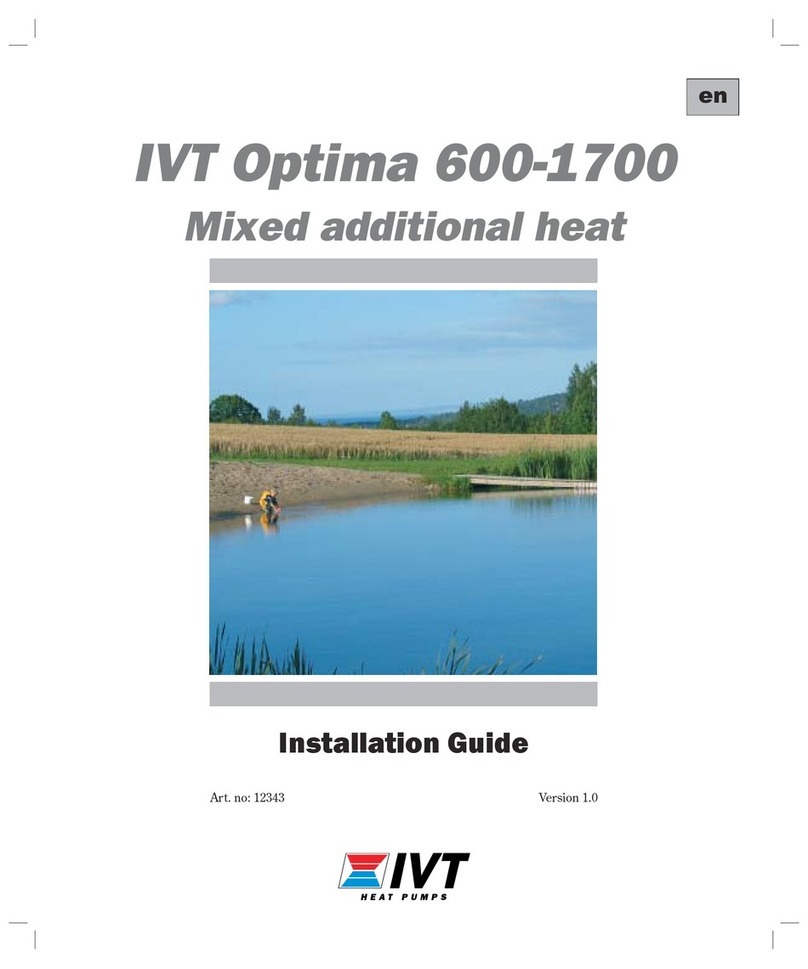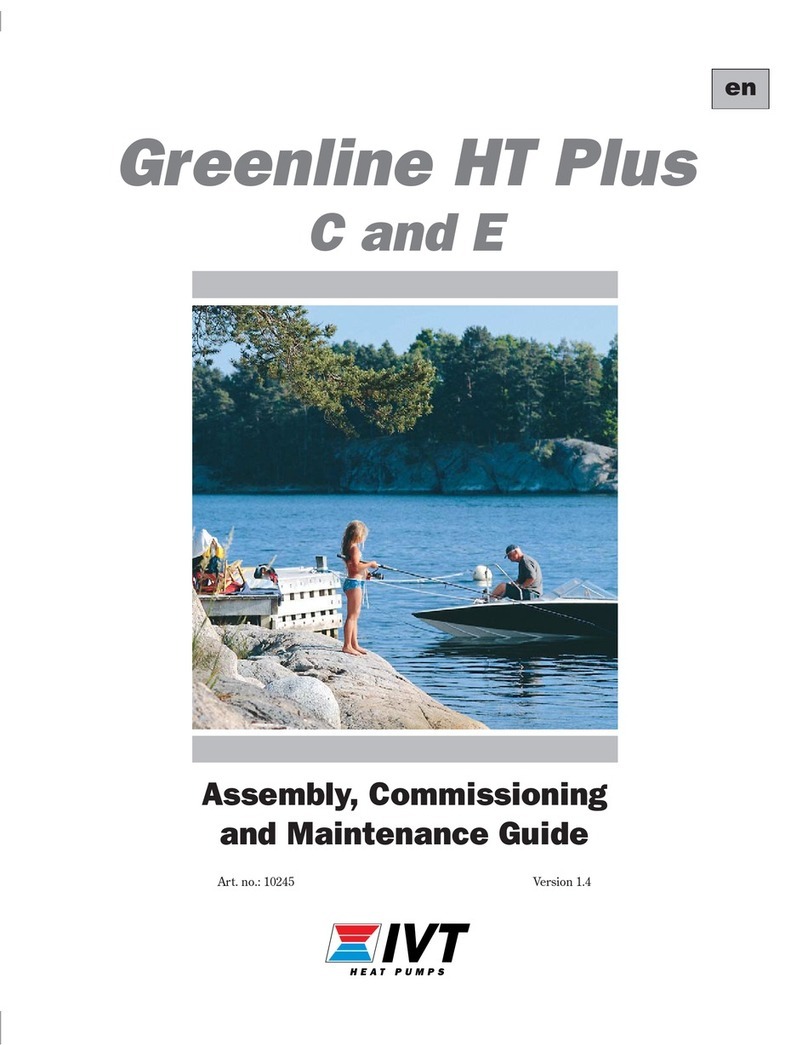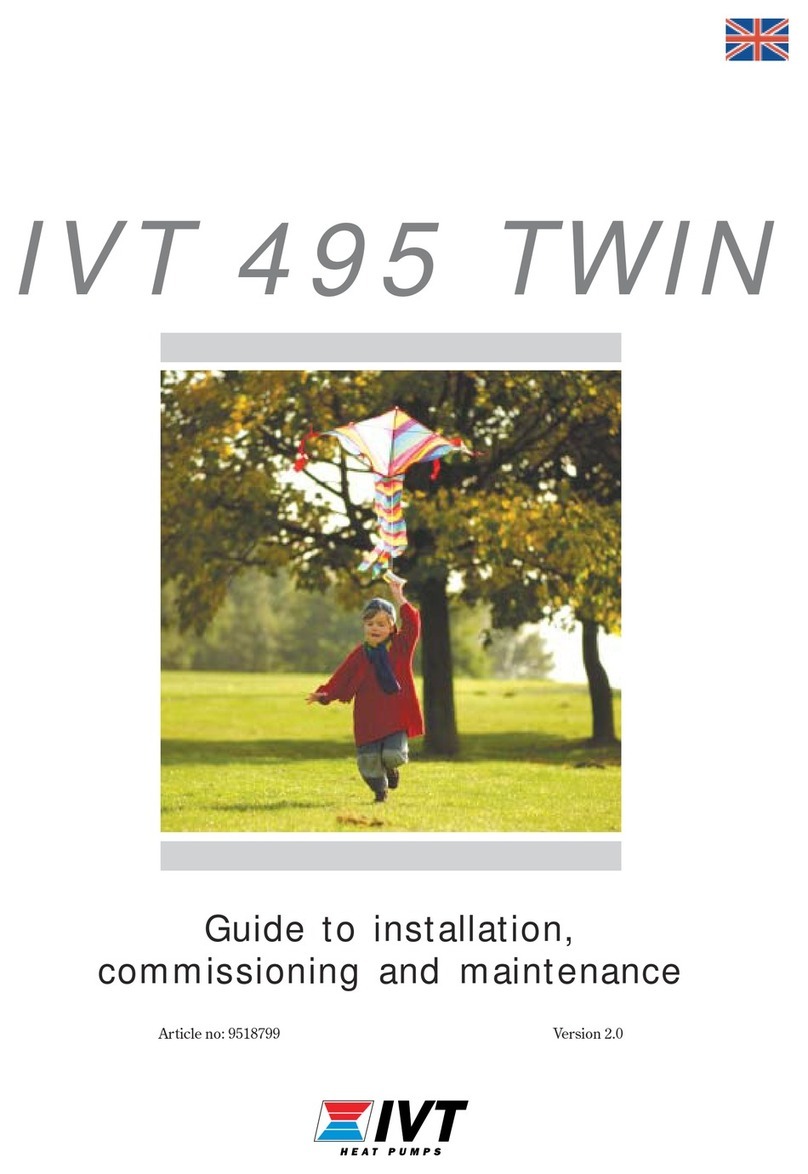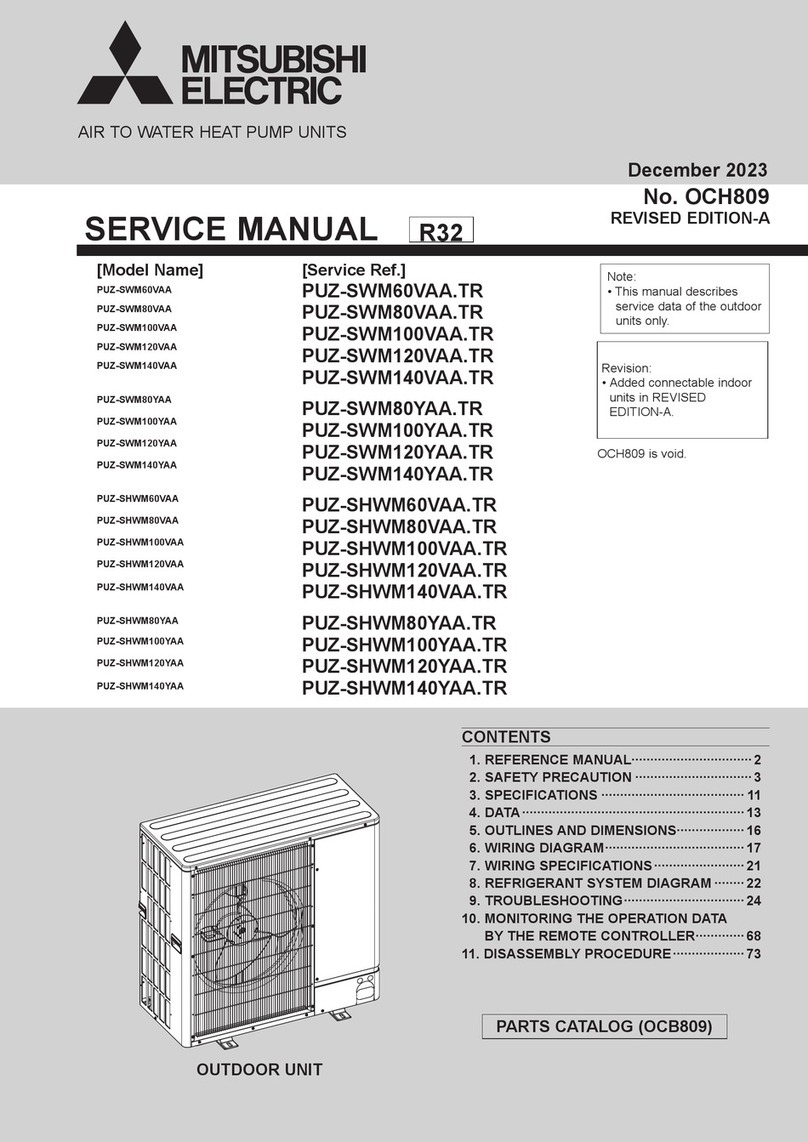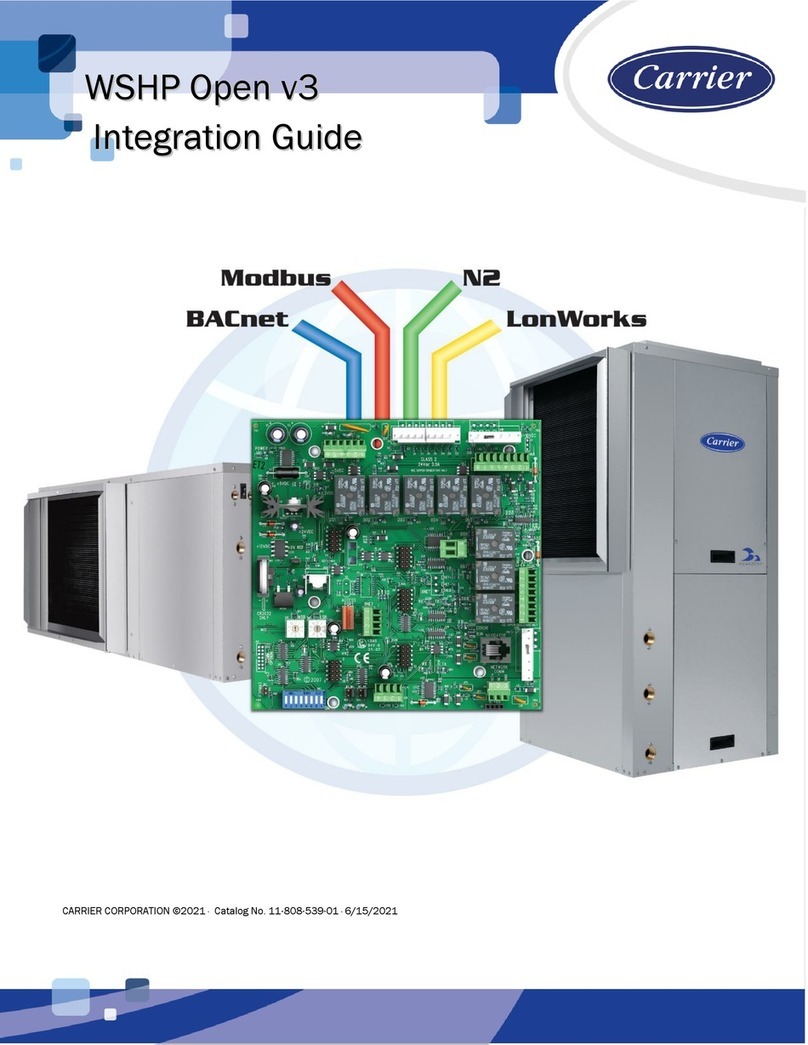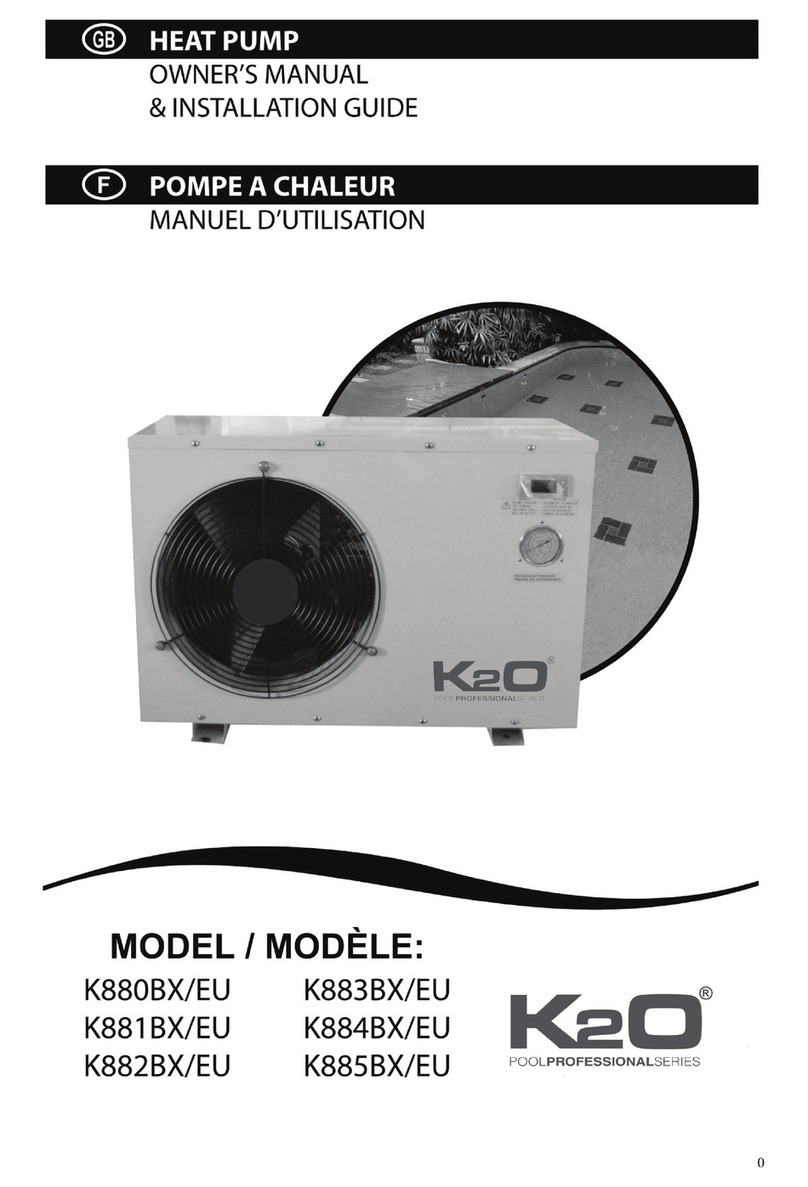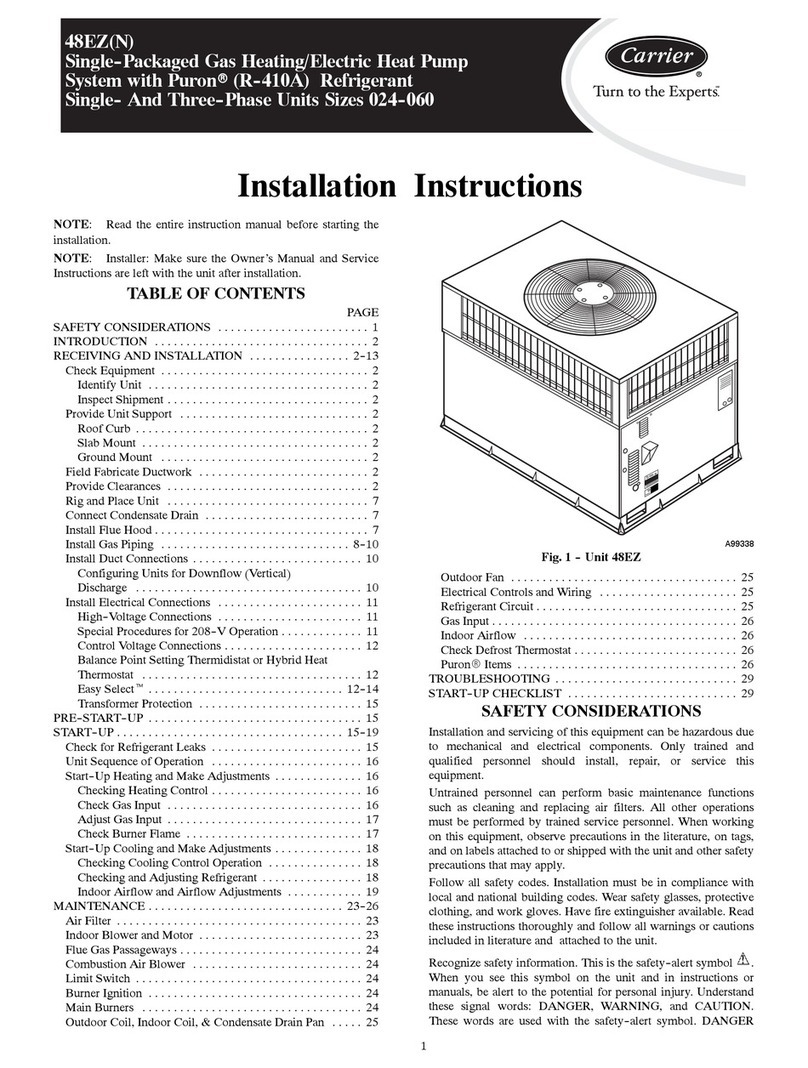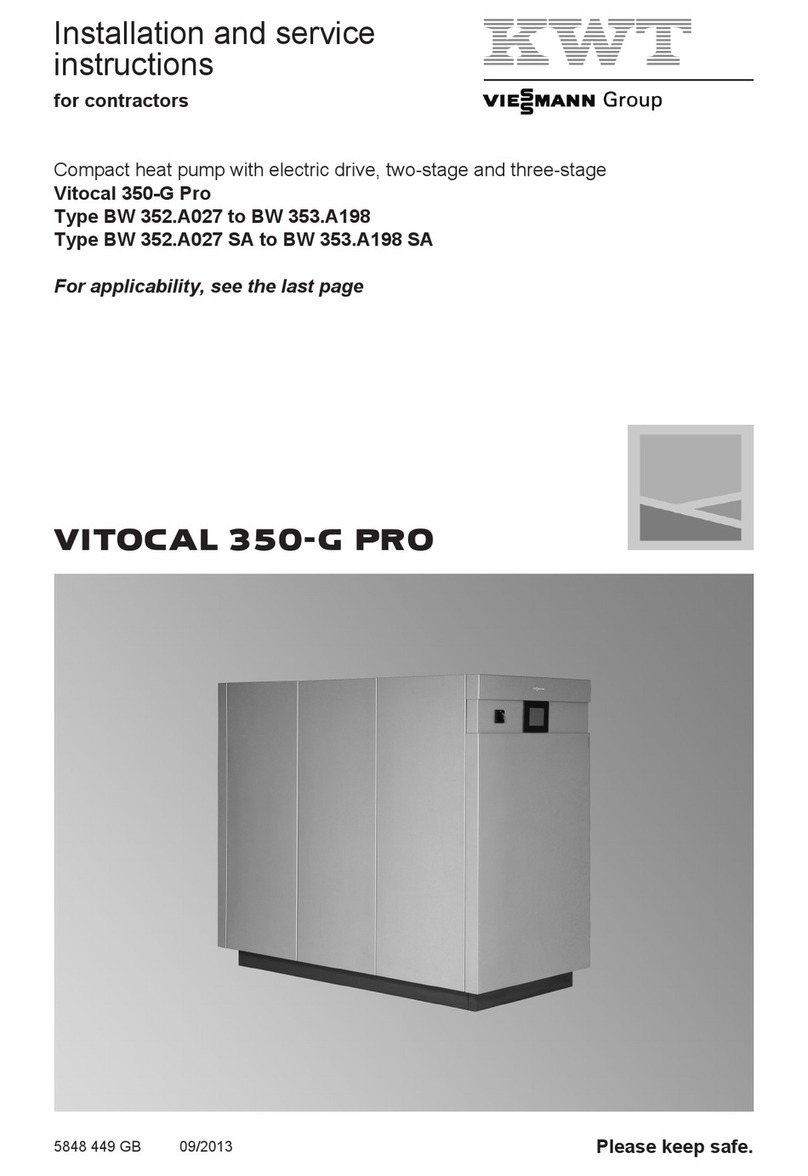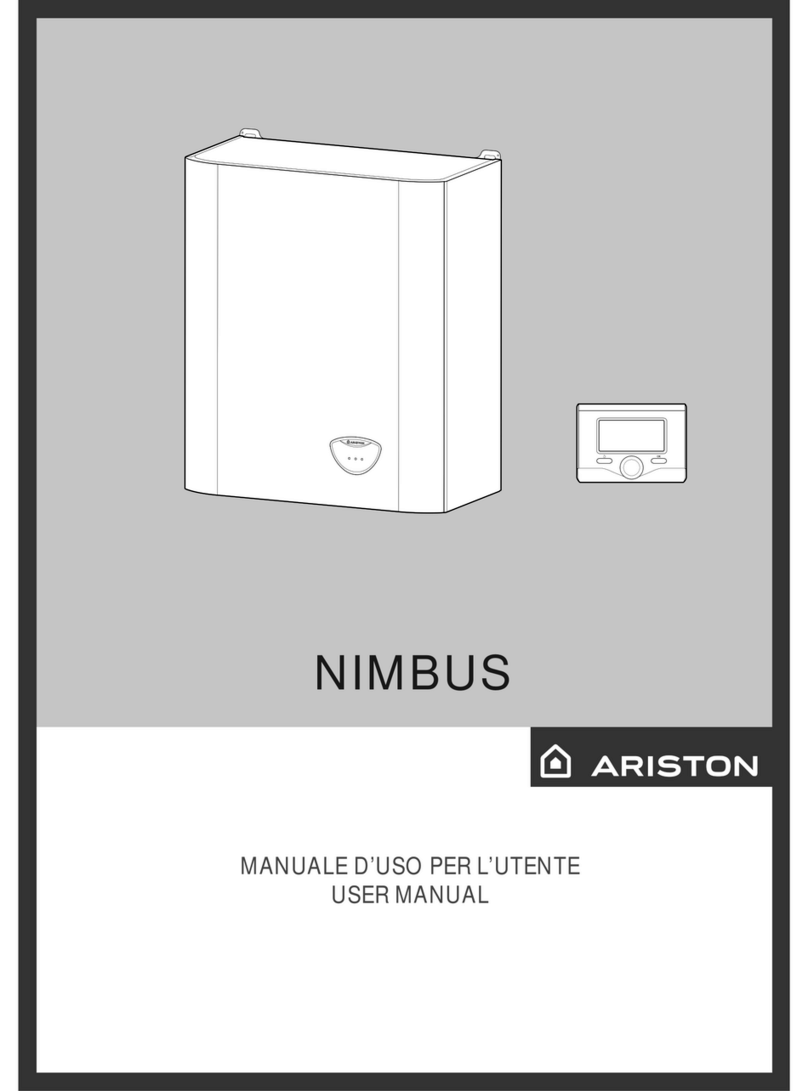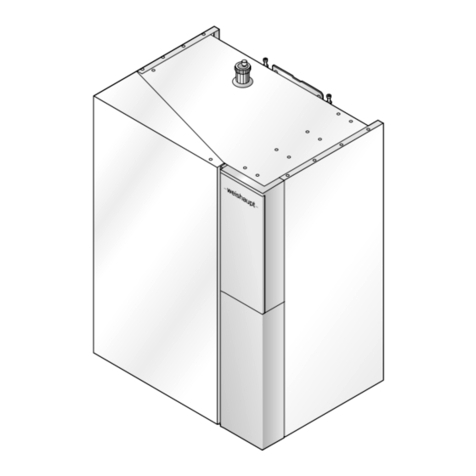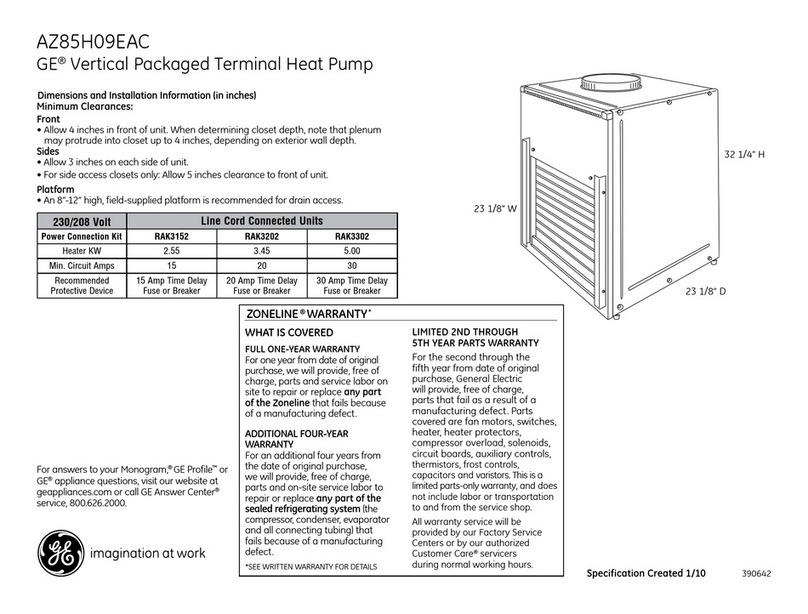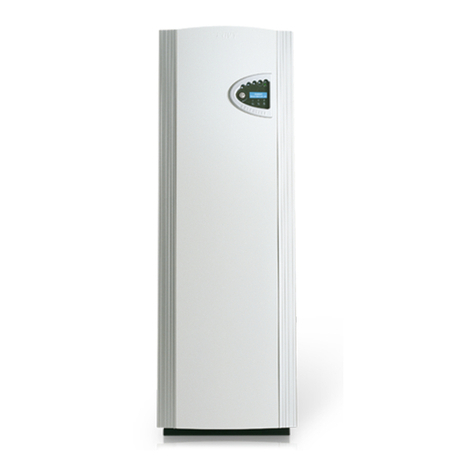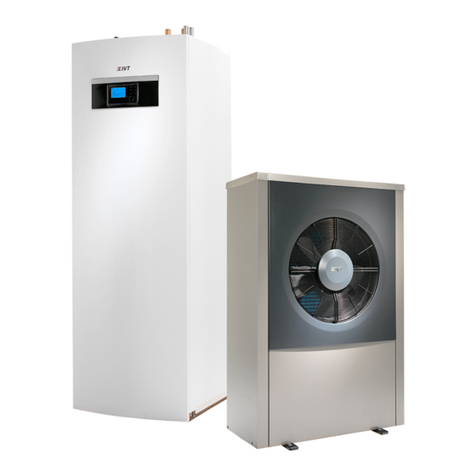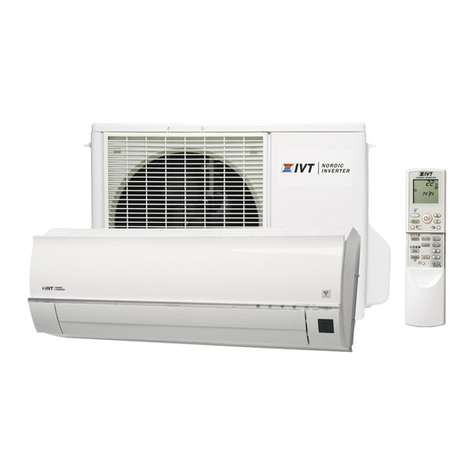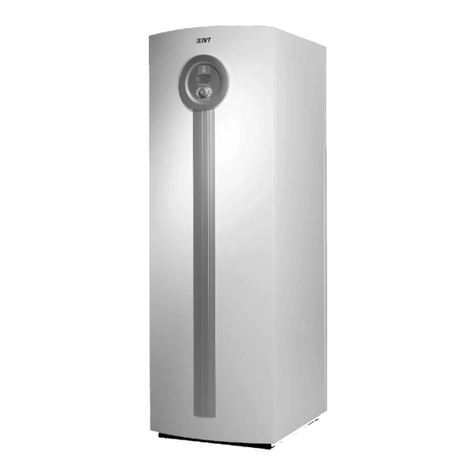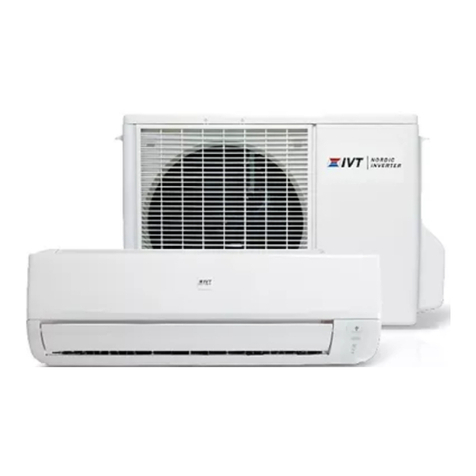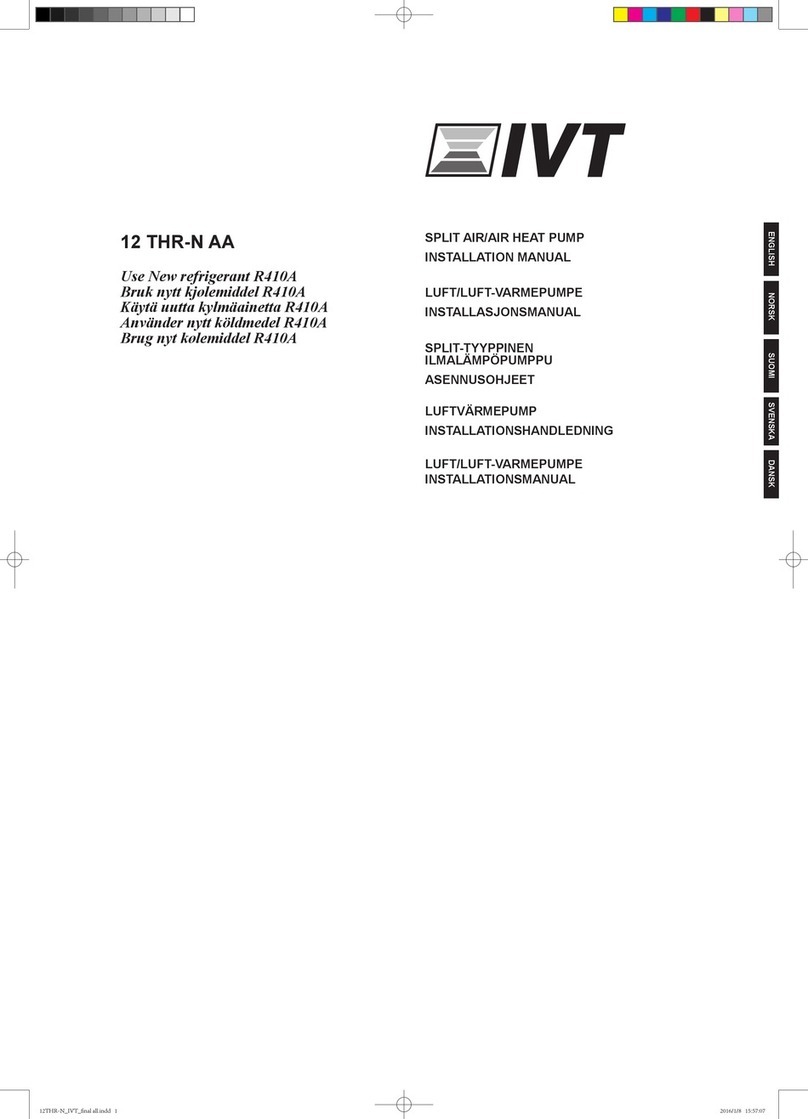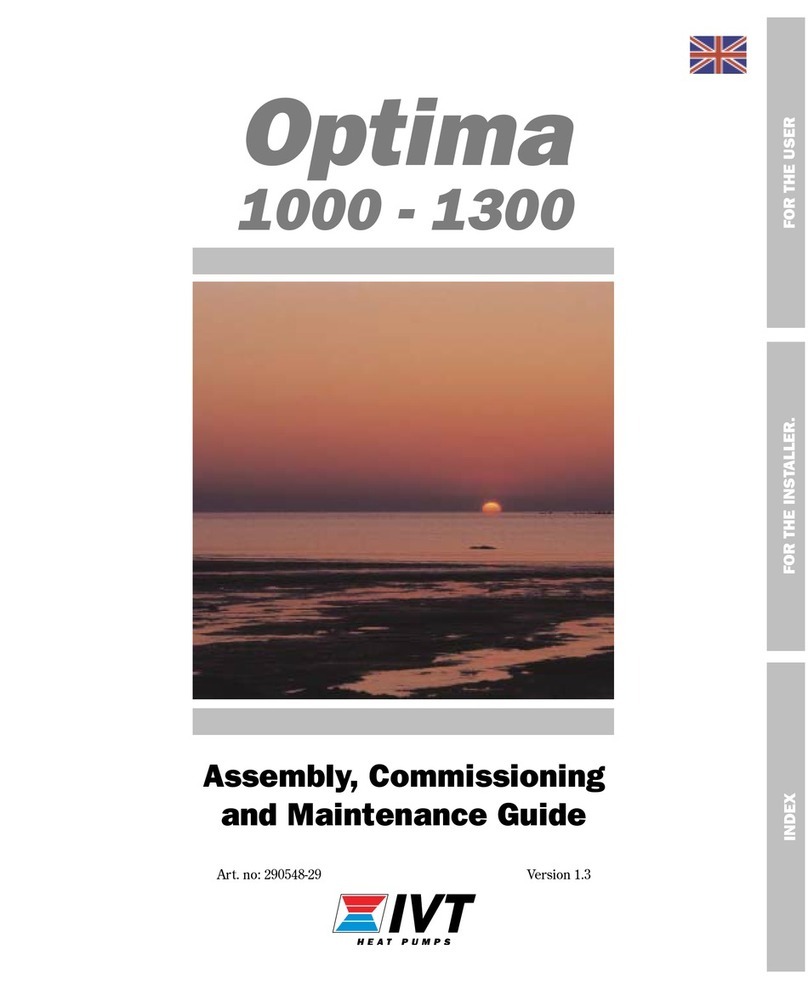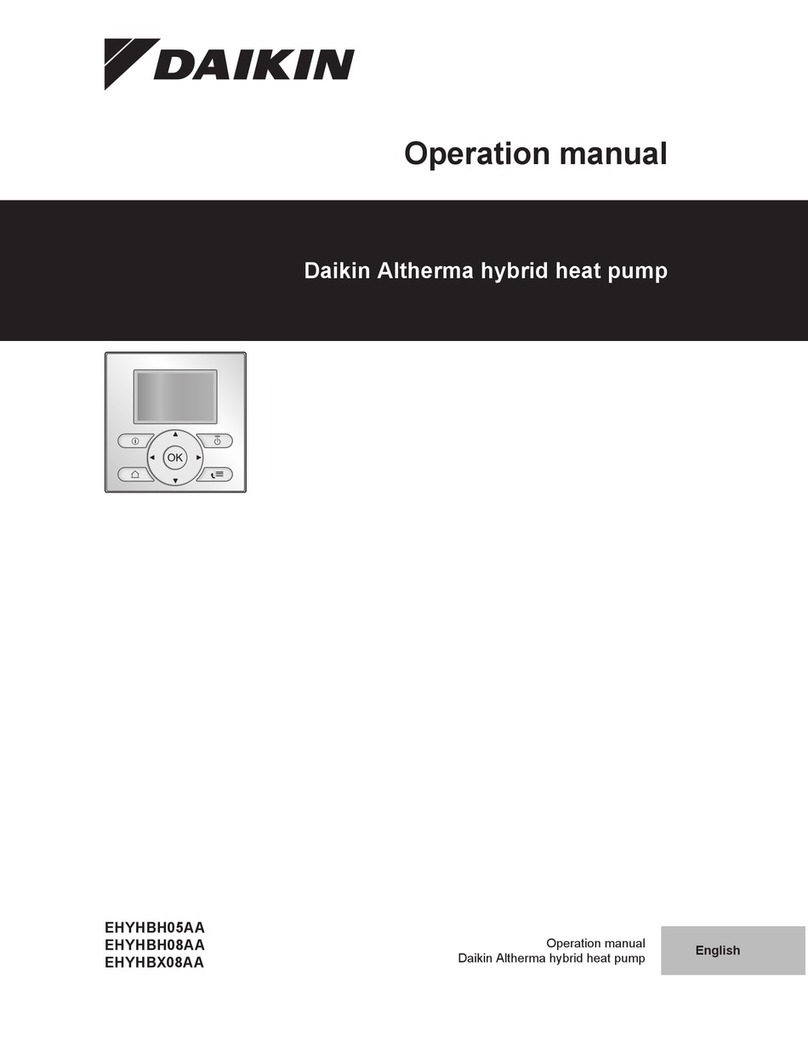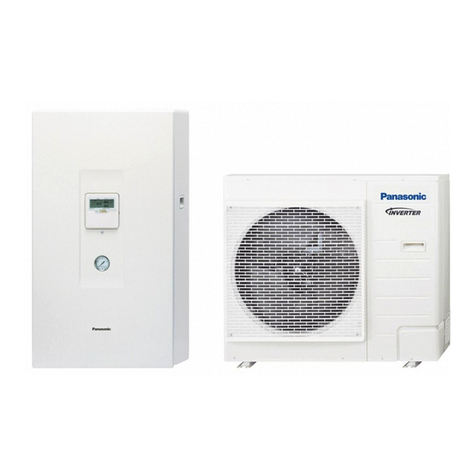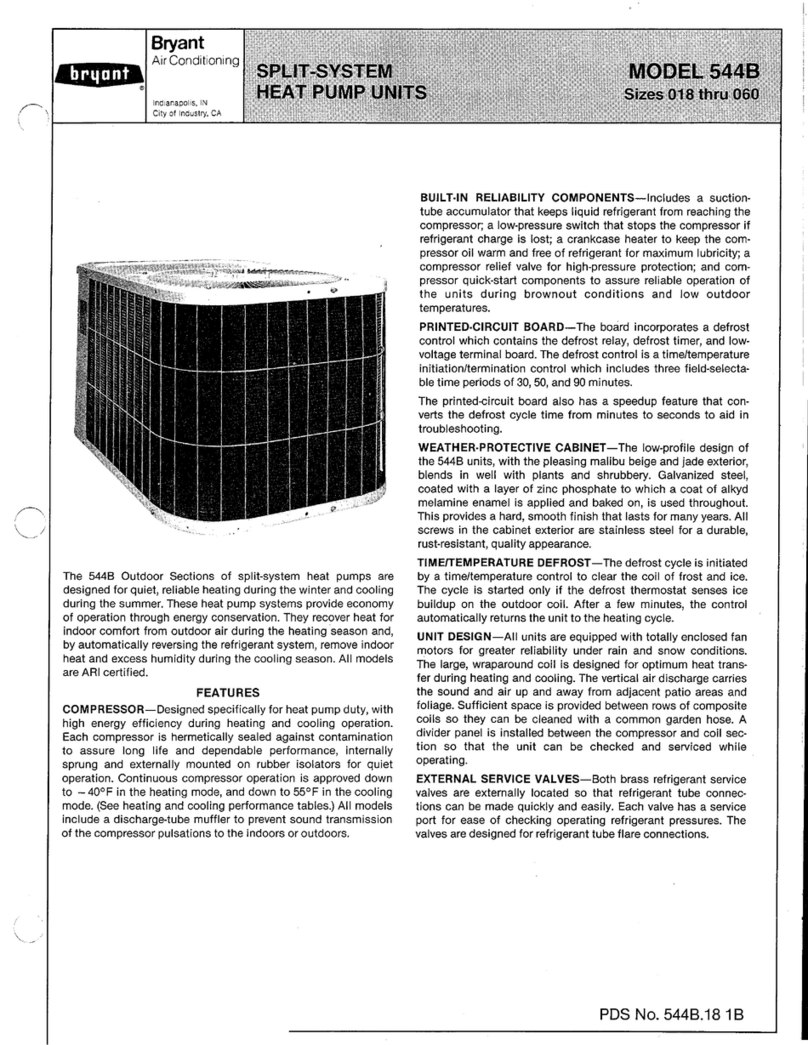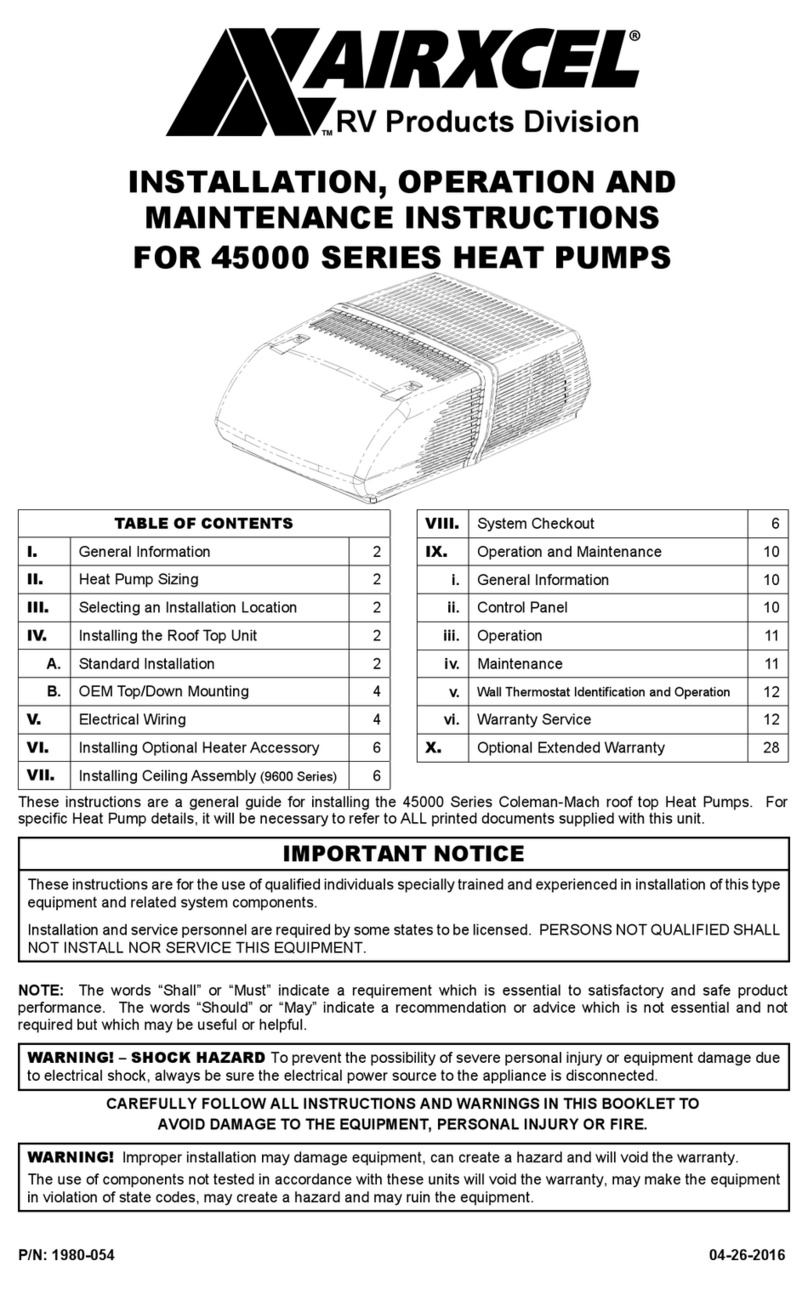
Table of Contents
AirModule 6 720 813 268(2014/10)
2
Table of Contents
1 Key to symbols and safety instructions . . . . . . . . . . . . . . . . . . . . . . . . . 3
1.1 Key to symbols . . . . . . . . . . . . . . . . . . . . . . . . . . . . . . . . . . . . . . . 3
1.2 General safety instructions . . . . . . . . . . . . . . . . . . . . . . . . . . . . . 3
2 Standard delivery . . . . . . . . . . . . . . . . . . . . . . . . . . . . . . . . . . . . . . . . . . . 4
3 General . . . . . . . . . . . . . . . . . . . . . . . . . . . . . . . . . . . . . . . . . . . . . . . . . . . . 4
3.1 Information about the heat pump . . . . . . . . . . . . . . . . . . . . . . . . 4
3.2 Application area . . . . . . . . . . . . . . . . . . . . . . . . . . . . . . . . . . . . . . 4
3.3 Heating system minimum volume and operation . . . . . . . . . . . . 4
3.4 Type plate . . . . . . . . . . . . . . . . . . . . . . . . . . . . . . . . . . . . . . . . . . . 5
3.5 Transport and storage . . . . . . . . . . . . . . . . . . . . . . . . . . . . . . . . . 5
3.6 Heat pump module positioning . . . . . . . . . . . . . . . . . . . . . . . . . . 5
3.7 Checks before installation . . . . . . . . . . . . . . . . . . . . . . . . . . . . . . 5
3.8 Connection principle . . . . . . . . . . . . . . . . . . . . . . . . . . . . . . . . . . 5
4 Technical information . . . . . . . . . . . . . . . . . . . . . . . . . . . . . . . . . . . . . . . . 6
4.1 Technical information - heat pump module . . . . . . . . . . . . . . . . 6
4.2 System configurations . . . . . . . . . . . . . . . . . . . . . . . . . . . . . . . . . 7
5 Measurements, positioning distance, and pipe connections . . . . . . 11
5.1 Heat pump module dimensions and connections . . . . . . . . . . 11
5.2 Pipework . . . . . . . . . . . . . . . . . . . . . . . . . . . . . . . . . . . . . . . . . . . 13
6 Regulations . . . . . . . . . . . . . . . . . . . . . . . . . . . . . . . . . . . . . . . . . . . . . . . . 13
7 Installation . . . . . . . . . . . . . . . . . . . . . . . . . . . . . . . . . . . . . . . . . . . . . . . . 14
7.1 Detailed discharge pipe installation requirements (Combi model)
. . . . . . . . . . . . . . . . . . . . . . . . . . . . . . . . . . . . . . . . . . . . . . . . . . 14
7.2 Preparatory pipework . . . . . . . . . . . . . . . . . . . . . . . . . . . . . . . . 14
7.3 Positioning . . . . . . . . . . . . . . . . . . . . . . . . . . . . . . . . . . . . . . . . . 14
7.4 Checklist . . . . . . . . . . . . . . . . . . . . . . . . . . . . . . . . . . . . . . . . . . . 14
7.5 Water quality . . . . . . . . . . . . . . . . . . . . . . . . . . . . . . . . . . . . . . . 15
7.6 Heating system flushing . . . . . . . . . . . . . . . . . . . . . . . . . . . . . . . 15
7.7 Operation without heat pump (stand-alone) . . . . . . . . . . . . . . 15
7.8 Installation with cooling . . . . . . . . . . . . . . . . . . . . . . . . . . . . . . . 15
7.9 Installation with solar heater (only solar model) . . . . . . . . . . . 16
7.10 Installation with pool . . . . . . . . . . . . . . . . . . . . . . . . . . . . . . . . . 16
7.11 Connecting the heat pump module to the heat pump . . . . . . . 17
7.12 Connecting the heat pump module to the heating system and tap
water . . . . . . . . . . . . . . . . . . . . . . . . . . . . . . . . . . . . . . . . . . . . . 18
7.13 Low energy pump for heat transfer medium (PC0) . . . . . . . . . 19
7.14 Circulation pump for the heating system (PC1) . . . . . . . . . . . . 19
7.15 DHW circulation pump PW2 (accessory) . . . . . . . . . . . . . . . . . 19
7.16 Insulation . . . . . . . . . . . . . . . . . . . . . . . . . . . . . . . . . . . . . . . . . . 19
7.17 Several heating circuits (mixing valve module accessory, see
separate instructions) . . . . . . . . . . . . . . . . . . . . . . . . . . . . . . . . 19
7.18 Installation of condensation sensor (accessories) . . . . . . . . . . 19
7.19 Temperature sensor installation . . . . . . . . . . . . . . . . . . . . . . . . 20
7.20 Heat pump and heat pump module filling . . . . . . . . . . . . . . . . . 22
8 Electric installation . . . . . . . . . . . . . . . . . . . . . . . . . . . . . . . . . . . . . . . . . 23
8.1 CAN-BUS . . . . . . . . . . . . . . . . . . . . . . . . . . . . . . . . . . . . . . . . . . 23
8.2 EMS-BUS . . . . . . . . . . . . . . . . . . . . . . . . . . . . . . . . . . . . . . . . . . 23
8.3 Printed circuit board handling . . . . . . . . . . . . . . . . . . . . . . . . . . 24
8.4 External connections . . . . . . . . . . . . . . . . . . . . . . . . . . . . . . . . . 24
8.5 Accessories . . . . . . . . . . . . . . . . . . . . . . . . . . . . . . . . . . . . . . . . 24
8.6 Connecting the heat pump module . . . . . . . . . . . . . . . . . . . . . . 24
8.7 Electric box layout . . . . . . . . . . . . . . . . . . . . . . . . . . . . . . . . . . . 25
8.8 Power supply heat pump and heat pump module 9 kW 3N~ . 29
8.9 Power supply heat pump and heat pump module 15 kW . . . . 30
8.10 Installer module circuit diagram . . . . . . . . . . . . . . . . . . . . . . . . 31
8.11 Heat pump/heat pump module circuit diagram . . . . . . . . . . . . 32
8.12 Connection option EMS bus . . . . . . . . . . . . . . . . . . . . . . . . . . . 33
9 User interface . . . . . . . . . . . . . . . . . . . . . . . . . . . . . . . . . . . . . . . . . . . . . 34
9.1 Product description . . . . . . . . . . . . . . . . . . . . . . . . . . . . . . . . . . 34
9.2 Important notices on usage . . . . . . . . . . . . . . . . . . . . . . . . . . . . 34
9.3 Optional accessories . . . . . . . . . . . . . . . . . . . . . . . . . . . . . . . . . 34
10 Basic principles of operation . . . . . . . . . . . . . . . . . . . . . . . . . . . . . . . . . 35
10.1 Key and symbol overview . . . . . . . . . . . . . . . . . . . . . . . . . . . . . 35
10.2 Display symbols overview . . . . . . . . . . . . . . . . . . . . . . . . . . . . . 36
10.3 Using the service menu . . . . . . . . . . . . . . . . . . . . . . . . . . . . . . . 37
10.4 Service menu overview . . . . . . . . . . . . . . . . . . . . . . . . . . . . . . . 38
11 Commissioning . . . . . . . . . . . . . . . . . . . . . . . . . . . . . . . . . . . . . . . . . . . . 38
11.1 General user interface commissioning . . . . . . . . . . . . . . . . . . . 38
11.2 System commissioning via configuration wizard . . . . . . . . . . . 39
11.3 Commissioning other settings . . . . . . . . . . . . . . . . . . . . . . . . . 40
11.4 Performing the function test . . . . . . . . . . . . . . . . . . . . . . . . . . . 40
11.5 Check monitored values . . . . . . . . . . . . . . . . . . . . . . . . . . . . . . 40
11.6 System handover . . . . . . . . . . . . . . . . . . . . . . . . . . . . . . . . . . . . 40
12 Service menu . . . . . . . . . . . . . . . . . . . . . . . . . . . . . . . . . . . . . . . . . . . . . . 41
12.1 Heat pump settings . . . . . . . . . . . . . . . . . . . . . . . . . . . . . . . . . . 42
12.2 Booster heater settings . . . . . . . . . . . . . . . . . . . . . . . . . . . . . . . 43
12.3 Settings for heating/cooling . . . . . . . . . . . . . . . . . . . . . . . . . . . 44
12.4 DHW settings . . . . . . . . . . . . . . . . . . . . . . . . . . . . . . . . . . . . . . . 52
12.5 Pool settings . . . . . . . . . . . . . . . . . . . . . . . . . . . . . . . . . . . . . . . 53
12.6 Solar system settings . . . . . . . . . . . . . . . . . . . . . . . . . . . . . . . . 53
12.7 Hybrid system settings . . . . . . . . . . . . . . . . . . . . . . . . . . . . . . . 53
12.8 Anti-seizing protection settings . . . . . . . . . . . . . . . . . . . . . . . . 53
12.9 Diagnostics menu . . . . . . . . . . . . . . . . . . . . . . . . . . . . . . . . . . . 54
13 Troubleshooting . . . . . . . . . . . . . . . . . . . . . . . . . . . . . . . . . . . . . . . . . . . 55
14 Heat pump and heat pump module venting . . . . . . . . . . . . . . . . . . . . . 57
15 Heat pump module components replacement . . . . . . . . . . . . . . . . . . 58
16 Function check . . . . . . . . . . . . . . . . . . . . . . . . . . . . . . . . . . . . . . . . . . . . . 58
16.1 Set heating system operating pressure . . . . . . . . . . . . . . . . . . 58
16.2 Pressure switch and overheating protection . . . . . . . . . . . . . . 58
16.3 Operating temperatures . . . . . . . . . . . . . . . . . . . . . . . . . . . . . . 58
17 Environmental protection . . . . . . . . . . . . . . . . . . . . . . . . . . . . . . . . . . . 59
18 Maintenance . . . . . . . . . . . . . . . . . . . . . . . . . . . . . . . . . . . . . . . . . . . . . . . 59
19 Connection for IP module . . . . . . . . . . . . . . . . . . . . . . . . . . . . . . . . . . . . 61
20 Commissioning protocol . . . . . . . . . . . . . . . . . . . . . . . . . . . . . . . . . . . . 62

